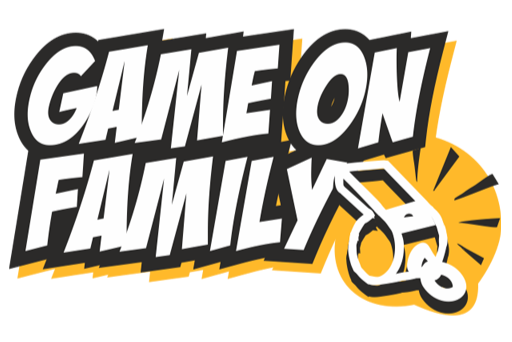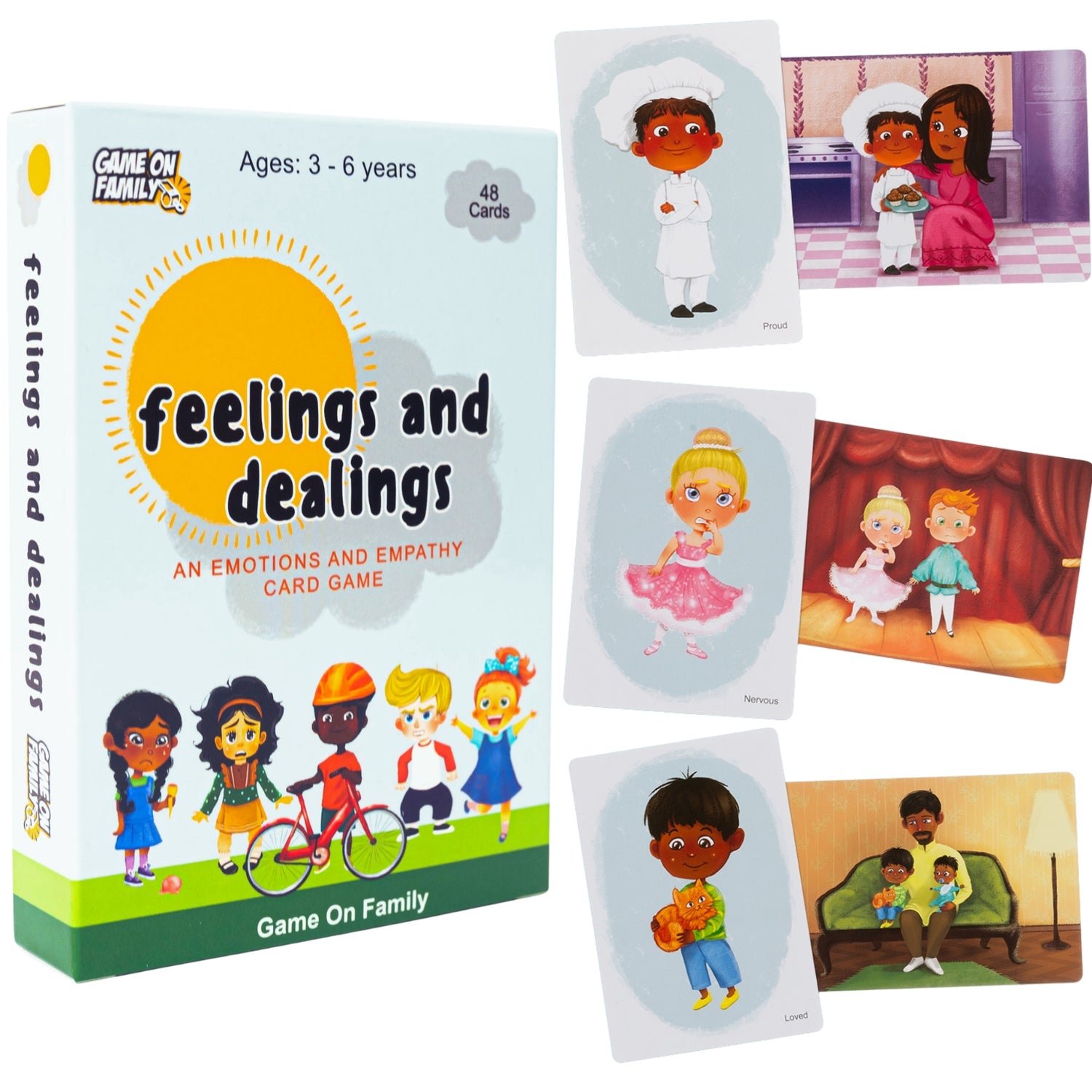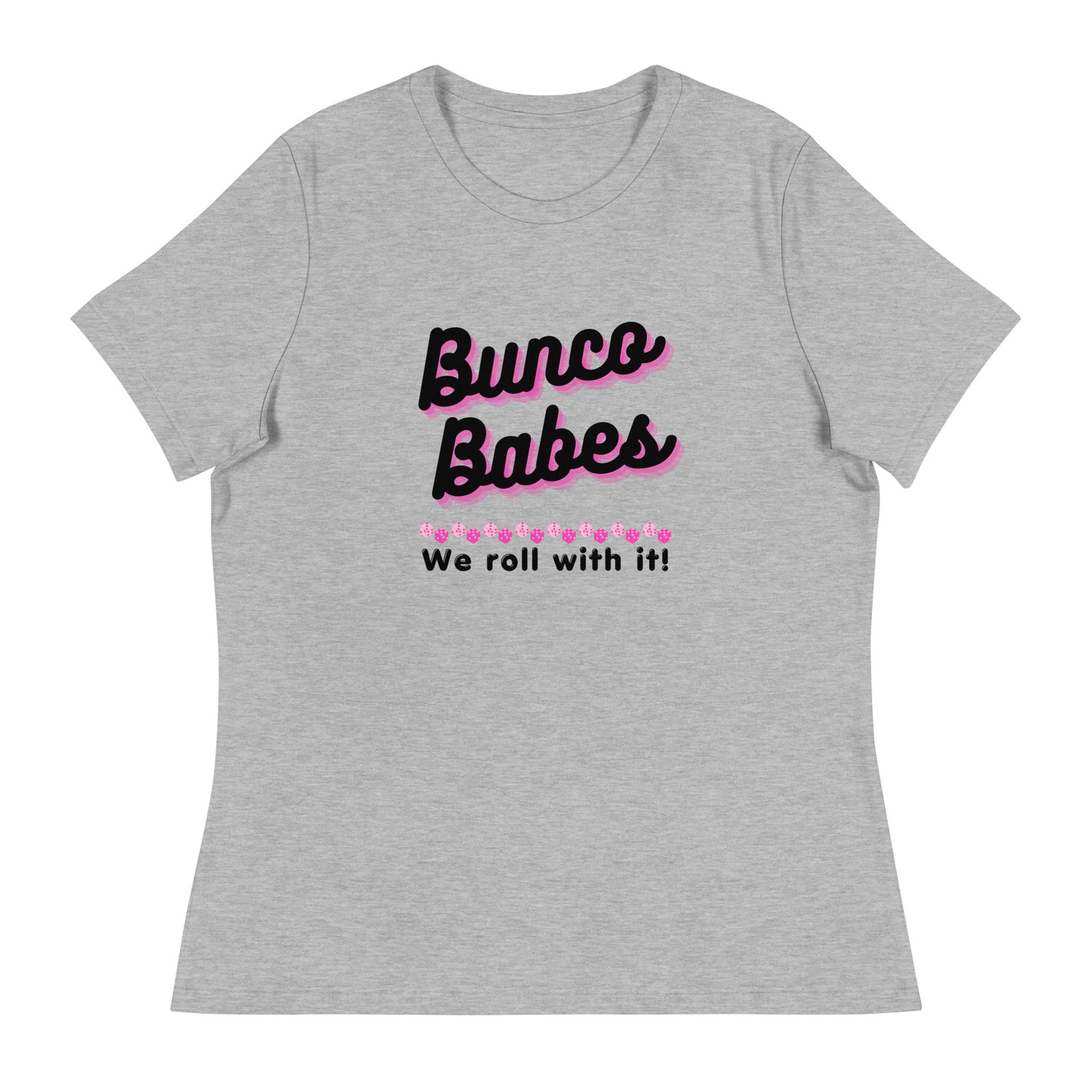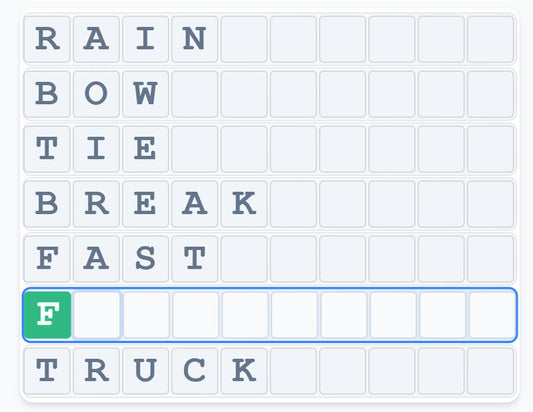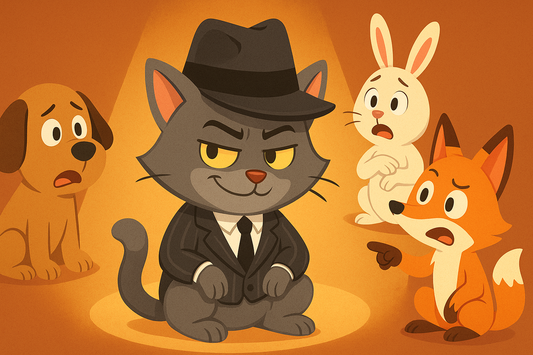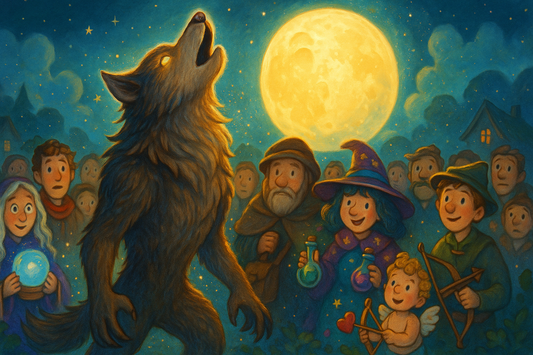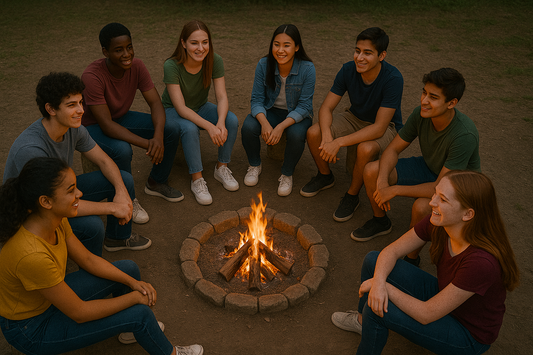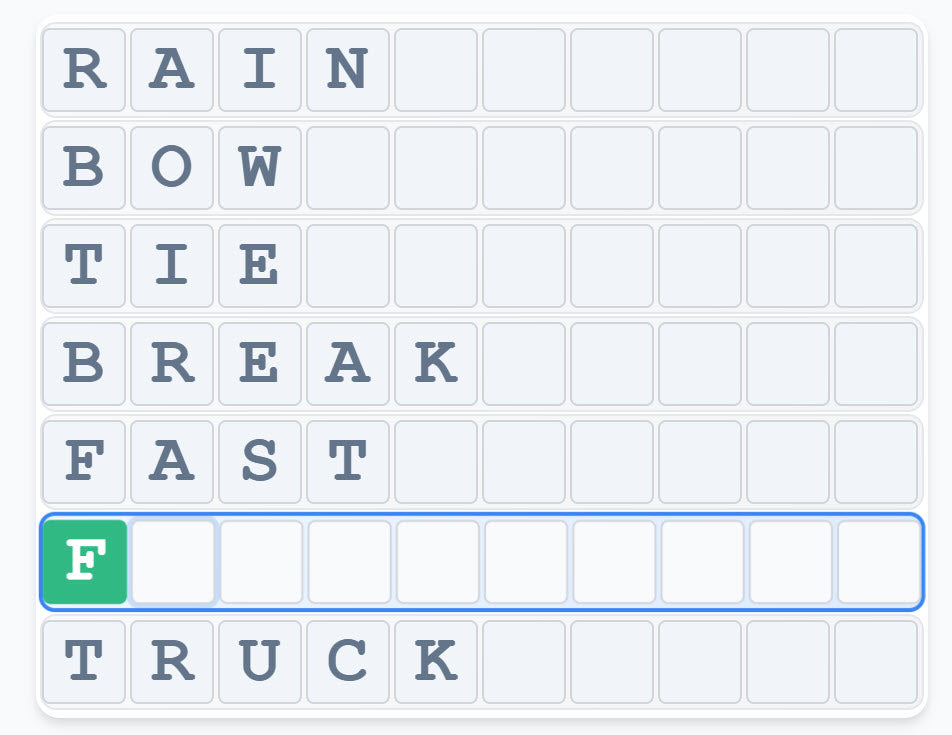
How to Play the Word Chain Game
Share
The Word Chain Game (sometimes called Word Association or Chain Reaction) is a fast-paced, satisfying word game where players link related words together — like Peanut → Butter → Knife → Spread — to form smooth, common, or compound two-word pairings. It’s fun for solo play or with friends, and it’s especially satisfying when you find your rhythm and fly through a string of perfect pairings.
It’s simple to learn, fun for all ages, and highly addictive once you get on a roll.
Objective
Form a continuous chain of valid two-word pairings — either common phrases, compound words, or natural associations — without breaking the flow. Keep the chain alive as long as possible!
Age Range
Ages 8 and up. Kids, teens, and adults can all play together. Younger players can focus on obvious connections, while older players get creative and go for clever or funny pairings.
Game Length
Each round usually takes a player 30 seconds to 5 minutes, depending on how many words they’re creating and which rules they’re following.
In the GameOnFamily online version, rounds are even quicker — typically 30 seconds to 2 minutes — because the words are preloaded, and the system automatically checks your progress. It’s designed for quick, fun, and satisfying gameplay that keeps you in the flow.
Why We Like It for Families and Friends
- Super fast to learn — anyone can jump in.
- Perfect icebreaker or travel game.
- Encourages creativity and lightning-fast thinking.
- Works for any group size — from 2 to a whole party.
- Great for classrooms, family nights, or online challenges.
Skills Learned
- Creative thinking with word associations
- Quick thinking and focus
- Taking turns and patience
- Sportsmanship and friendly competition
What You Need
- 1+ players (you can play solo, but it’s more fun head-to-head or in small groups)
- A word list or app to generate the word chains (like the GameOnFamily version)
- Paper and pencil if you’re doing a paper version, or a device if you’re playing online
Play Word Chain Online
If you want to play online, here are 3 great options:
- GameOnFamily Word Chain: Ok, we're biased here, but I built the game to be the setup I think is the most fun. That means: Largest online game board selection (1000+), 10 letters max, 7 word boards, 1st letter clues, automatic next clue (for speed), no forced correct word to advance (for speed), both solo mode and multi-player pass and play. I've also added streaks and other fun gamification stats.
- Wordgy: They have a nice setup. 160 board selection, 9 letter max, 1st letter clues, automatic next clue, solo mode. I don't love the forced correct word to advance (slows down the game substantially), lacks multi-player version.
- DaisyChain: Also a nice experience. 214 boards, 8 letters max, 1st letter clues, automatic next clue, and solo mode. I don't like spell checker (slows down the game), lacks multi-player version.
- Apps: I wish I could recommend some of the web apps, but the top game are almost unplayable with the number of ads they have. I don't even want to mention them by name, but here are some of the comments in the review (and I agree): "Too many ads, uninstall, "Fun to play, but far too many ads, "Too many ads. I want to play the game without being interrupted by ads after I complete every level."
How to Play Word Association in 7 Steps
Step 1: Gather players
Play one-on-one, in teams, or solo. Works anywhere — around a table, on a car ride, or online.
Step 2: Set up the board (three ways)
This is the biggest time sink — choose the setup that fits your group:
- A) With a Moderator (live host): A designated host runs the round and gives immediate right/wrong feedback (similar to the Chain Reaction game show style). Great for parties or classrooms.
- B) Players Build Boards for Each Other (DIY): Each player/team creates a hidden answer chain (commonly 7 links, but any length works). Then make a playable sheet: write the first word and last word in full, and show first letters as clues for the in-between words. Take turns playing each other’s boards. One player guesses; the board’s creator confirms right/wrong and reveals hints as needed. (To save time, you can also use pre-filled chains.)
- C) With an App: The app provides the chain, reveals letter hints, and acts as the moderator/scorekeeper — fastest setup and perfect for head-to-head or online play.
Step 3: Choose fixed rounds
Play fixed-length chains (e.g., 7 links). Everyone attempts the same chain (solo, head-to-head, or teams). Count how many links you complete and how efficiently you solve them.
(Timed rounds exist, but we list those under Variations.)
Step 4: Build word pairings
Say a word that forms a real two-word phrase or compound with the previous word. Then move forward to the next word in the chain.
Examples:
GLOVE → BOX → SPRING → BREAK → IN → LINE → GRAPH
(Glove Box, Box Spring, Spring Break, Break In, In Line, Line Graph)
JUICE → BAR → SOAP → DISH → TOWEL → OFF → LINE
(Juice Bar, Bar Soap, Soap Dish, Dish Towel, Towel Off, Offline)
Step 5: Keep the pace — and advance immediately
Solve the current link, then instantly advance to the next clue. If you hesitate too long, repeat, or give a forced/non-phrase, it counts as a miss (or costs a point in team play).
If you guess wrong, you can either:
- Try guessing again, or
- Ask for a clue, which is usually the next letter of the hidden word.
Step 6: End the round
The round ends when the chain is fully solved. (Every chain is solvable — hints can be used if needed.)
Step 7: Score the round
If scoring manually, keep it simple:
- 2 points = solved a word on the first guess
- 1 point = solved the word (but not on first guess)
- 0 points = used all available clues/hints before solving
Apps can track this automatically and compare scores across players.
Good vs. Bad Pairings
Good pairings (tight associations):
These form real or familiar phrases that people commonly say together.
- ✅ Peanut Butter
- ✅ Coffee Cup
- ✅ Phone Charger
- ✅ Snow Storm
- ✅ Ice Cream
Bad pairings (common mistakes to avoid):
-
Clear mismatch (unrelated words): Obvious disconnects that make no sense.
❌ Beach Homework -
Related words, but not a real phrase: The words connect in meaning, but they aren’t used together naturally.
❌ Beach → Sand (better: Beach Blanket or Sand Castle) -
Wrong order: Two highly associated words that make sense together, but flipped.
❌ Blanket Beach
❌ Castle Sand
Tip: If it’s not a phrase you’d hear or say out loud — it’s probably not valid.
Word Chain Game Examples with Answers
Here are 10 sample game boards to test your skills. Try solving each chain before looking at the answer key!
Board 1
| Game Board | Answer Key |
|---|---|
| DRAWING | DRAWING |
| P | PAPER |
| C | CLIP |
| B | BOARD |
| R | ROOM |
| N | NUMBER |
| PAD | PAD |
Board 2
| Game Board | Answer Key |
|---|---|
| GLOVE | GLOVE |
| B | BOX |
| S | SPRING |
| B | BREAK |
| I | IN |
| L | LINE |
| GRAPH | GRAPH |
Board 3
| Game Board | Answer Key |
|---|---|
| THUNDER | THUNDER |
| S | STORM |
| C | CLOUD |
| C | COVER |
| L | LETTER |
| G | GRADE |
| POINT | POINT |
Board 4
| Game Board | Answer Key |
|---|---|
| JUICE | JUICE |
| B | BAR |
| S | SOAP |
| D | DISH |
| T | TOWEL |
| O | OFF |
| LINE | LINE |
Board 5
| Game Board | Answer Key |
|---|---|
| BRUSH | BRUSH |
| W | WORK |
| S | SHOP |
| F | FLOOR |
| R | RUG |
| P | PAD |
| LOCK | LOCK |
Board 6
| Game Board | Answer Key |
|---|---|
| SPEAKER | SPEAKER |
| S | STAND |
| S | STILL |
| W | WATER |
| S | SKI |
| L | LIFT |
| TICKET | TICKET |
Board 7
| Game Board | Answer Key |
|---|---|
| SURROUND | SURROUND |
| S | SOUND |
| W | WAVE |
| P | POOL |
| C | CUE |
| B | BALL |
| PARK | PARK |
Board 8
| Game Board | Answer Key |
|---|---|
| RESPONSE | RESPONSE |
| T | TIME |
| T | TABLE |
| T | TOP |
| H | HAT |
| T | TRICK |
| PLAY | PLAY |
Board 9
| Game Board | Answer Key |
|---|---|
| CANYON | CANYON |
| W | WALL |
| S | SHELF |
| L | LIFE |
| G | GUARD |
| D | DOG |
| BOWL | BOWL |
Board 10
| Game Board | Answer Key |
|---|---|
| MINI | MINI |
| G | GOLF |
| B | BAG |
| C | CHECK |
| P | POINT |
| B | BREAK |
| UP | UP |
Variations
-
Word Association (Main Mode)
- The classic party version focused on natural two-word links.
- Play solo, head-to-head, or in teams.
- Variations within this mode:
- Fixed Number of Links – make a chain of 10, 20, or 50 links.
- Speed Rounds – 30 seconds to get as many valid pairings as possible.
- Letter Hints – optional mode where each next word’s first letter is shown.
- Timed Team Relay – alternate players rapidly to keep the chain going.
-
Last-Letter Chains (Classic)
Each new word starts with the last letter of the previous one. Example: Dog → Game → Elephant.
Simple and kid-friendly, but slower-paced. -
Word Ladders / Doublets
Change one letter per step to move from one word to another (COLD → CORD → CARD → WARD → WARM).
Puzzle-like and great for classrooms. -
Reverse Chain (Memory Mode)
Each player repeats the full chain before adding a new word — usually played in the association version, though it can work with any format.
Example with 3 players:
• Player 1 says “Sun.”
• Player 2 repeats “Sun” and adds “Light.”
• Player 3 repeats “Sun Light” and adds “Bulb.”
Then it continues around the circle, each person repeating the entire chain and adding one new word. -
Chain Reaction (TV Game Show)
Build two-word phrases that connect like the show format (e.g., Apple Pie → Pie Chart → Chart Topper).
We cover this in detail in our upcoming article: “How to Play the Chain Reaction Word Game.” -
Historical Versions
Lewis Carroll’s 1878 game Word Links inspired this genre, which evolved into Doublets, Word Ping Pong, and modern Word Chain variants.
Strategies
For Family Fun:
- Don’t overthink it — quick, simple, obvious pairs keep the game flowing.
- Encourage funny or clever ones (as long as they make sense!).
- Keep a 3–5 second limit for energy.
For Competitive Play:
- Scan the word above and the revealed first letter to spot the most natural two-word pairing fast.
- Think one step ahead: picture likely next words.
- Know your high-frequency pairs (e.g., Hot Dog, Rain Cloud, Jelly Bean).
Quick Tips Box
- Short words keep the rhythm fast.
- Avoid rare or forced combos.
- Talk clearly and confidently — hesitation breaks momentum.
- Keep track of top chains and compare with friends online.
FAQs
Q: What are some variations of the word chain game?
A: Word Chain comes in several styles. The Word Association version is the most popular, but there are also Last-Letter Chains, Word Ladders (Doublets), Reverse Chain Memory Mode, and Chain Reaction-style versions. Each adds its own twist on linking words.
Q: What makes Word Association different from Word Chain?
A: Word Association focuses on natural or compound two-word connections (like Peanut Butter), while traditional Word Chain often uses the last-letter format.
Q: Can you play solo?
A: Absolutely! Many online versions, including GameOnFamily’s, offer solo challenge modes to test speed and association accuracy.
Q: How do you score?
A: 1 point per valid link, plus bonuses for completing the chain or finishing fast. Some online modes rank players globally.
Q: What are some fun themes?
A: Food, Travel, Sports, Holidays, School, Movies, Nature, or “Anything Goes.”
Q: Is this good for classrooms or team building?
A: Yes! It’s great for vocabulary warm-ups, brainstorming, and creative thinking.
Q: What is the history of the word chain game?
A: The earliest word-link games date back to Lewis Carroll’s 1878 game “Word Links.” The concept evolved into Doublets, Word Ladders, Chain Reaction, and today’s viral Word Association games.
Q: What other games should I try?
A: If you like Word Association, check out Categories (The Name Game), Scattergories, One Word Story, Why/Because, or our upcoming Chain Reaction Word Game guide.
